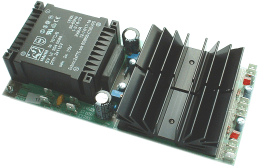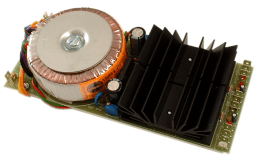The full article can be found at http://fluxwithit.com/intro-to-eurorack-modular/
" This is just simply a primer to get people a little bit of info on what eurorack is. How to get started, and what some of the key elements are.Visit Http://Fluxwithit.com for more info! "
He will be updating the article and adding to it with both videos and written chapters.
Here is the first video:
Video : Intro to Eurorack Modular Synths from Fluxwithit.com
Video : Intro to Eurorack Modular Synths from Fluxwithit.com
" This is just simply a primer to get people a little bit of info on what eurorack is. How to get started, and what some of the key elements are.Visit Http://Fluxwithit.com for more info! "
Uploaded by Flux302 of Fluxwithit.com
If there is anything in correct or you feel he should touch on,
feel free to let him know via http://fluxwithit.com/intro-to-eurorack-modular/







